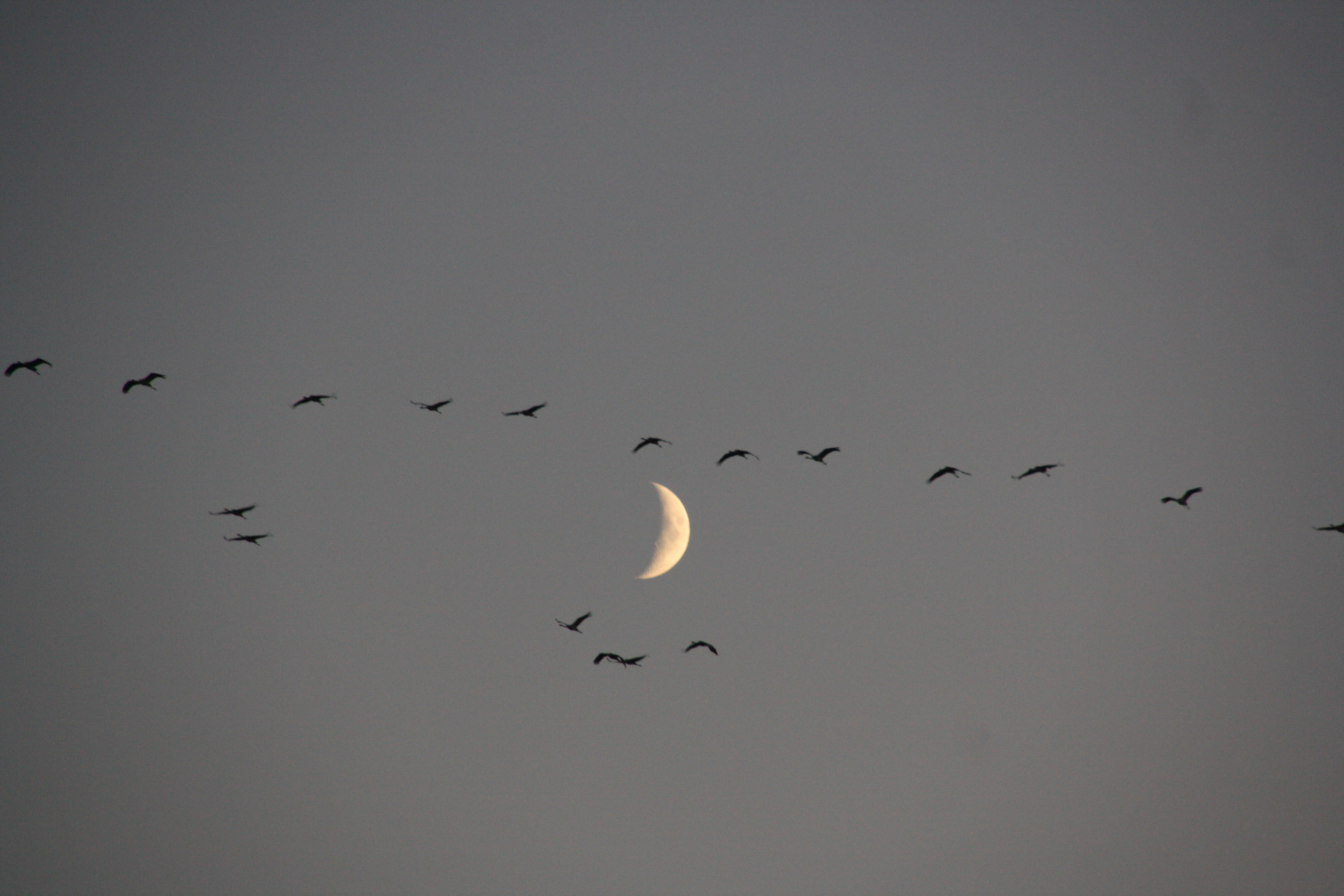While writing a very excited blog-post about an animal i particularly love, I realized I was using a few terms only ecologists and nature-freaks use. And since I want this blog to be a pleasant read for everyone, I decided to make this page, explaining all the “special” words. This way, people who know the terms, don’t have to read long explanations within my posts, and people who don’t know the terms, can look them up here.
The list will grow as I use more weird words in my posts.
- Arboreal – Living in trees
- Aquatic – Living in/under water
- Biomass – A way of measuring what is there in nature. Essentially, it is the collective weight of something, like “an ecosystem”, you are measuring. Usually this “measurement” is used in studies looking at insects and other invertebrates, often as a proxy to see how an ecosystem is doing. You can sample species biomass, which is the mass of one or more species of plants, animals or microorganisms, or community biomass, which is the mass of all species in the community. This is the ecological definition. This word in (renewable) energy context means something else.
- Bipedal – Walking on two legs
- Carnivorous/Carnivore – An animal who’s diet is predominantly made up of meat.
- Diurnal – A species that is (mostly) active during the day.
- Endemic – If a species is endemic, it only occurs in a specific place. For example, many species are endemic to Madagascar, as the island split a very long time ago and evolution took its own course. The lemur species are endemic to Madagascar and occur nowhere else in the world. Often, being endemic bears a high risk of extinction. If the population on this one island or mountain range is wiped out, that is it. There are no other populations.
- Gregarious – Animals that live in groups or flocks.
- Herbivorous/Herbivore – An animal is herbivorous, if it’s diet consists of predominantly plant material.
- Insectivorous/Insectivore – An animal (or plant) is insectivorous, if it’s diet consists of insects (and maybe some slugs or worms). Some examples: Carnivorous plants, carp (the fish), many birds with thin, pointy beaks, bats, the giant anteater, pangolins and of course: the aardvark. An alternative term is entomophage.
- Invertebrate – An animal that does not have a spinal chord: Insects, arachnids (spiders), molluscs (snails, mussels)…
- IUCN – International Union for the Conservation of Nature. Instance, that tracks the status of threat of extinction of animal and plant species. You can check on your favourite species at the IUCN-Redlist website.
- Melanism – When an animal is melanistic it has an extreme amount of black pigment in its skin or hair (sort of the opposite of an albino). For example, a black panther (like Bagheera in the Jungle Book) is not a separate species, but simply a melanistic form of the usually colorful leopard. Why? Just a little genetic mutation that never hurt nobody.
- Nocturnal – A species that is (mostly) active during the night.
- Omnivorous/Omnivore – An animal that eats everything: Plants, mushrooms and meat.
- Prehensile tail – The tail can be used as an extra limb for climbing, as it can grab on to things. Who has a prehensile tail? Arboreal pangolins, some tree porcupines, some monkeys…
- Solitary – Animals that live alone, without other individuals of their species. They will meet to mate if necessary but otherwise they stay out of each other’s way.
- Terrestrial – Living on land
- Viviparous – Animals that give birth to live young, so don’t lay eggs, are viviparous. Some reptiles and fish are viviparous, most mammals are viviparous.
- Zoonosis – a zoonotic disease. A disease that can be passed from animal to human (some examples: Corona virus, HIV, bird flu, swine flu, Ebola).

